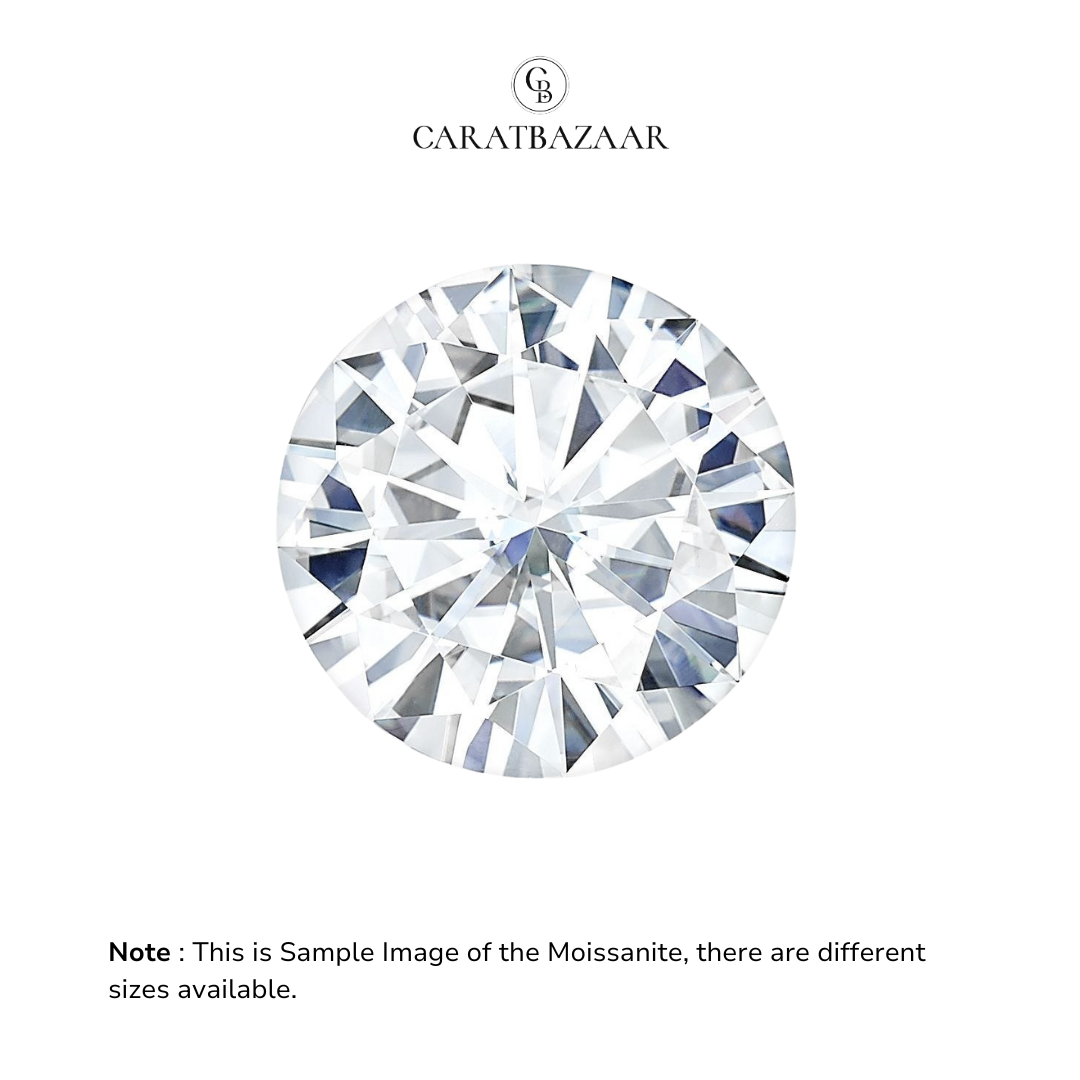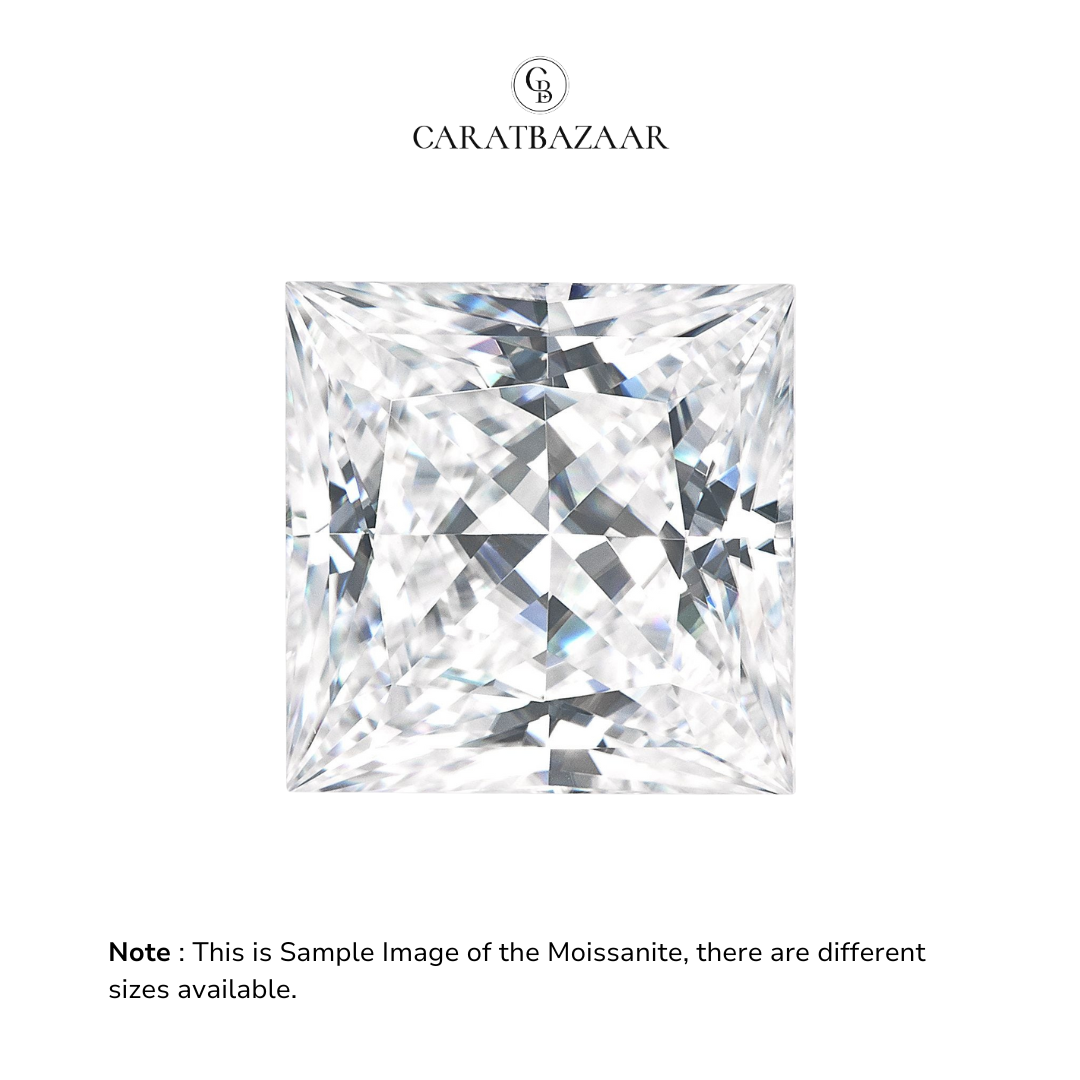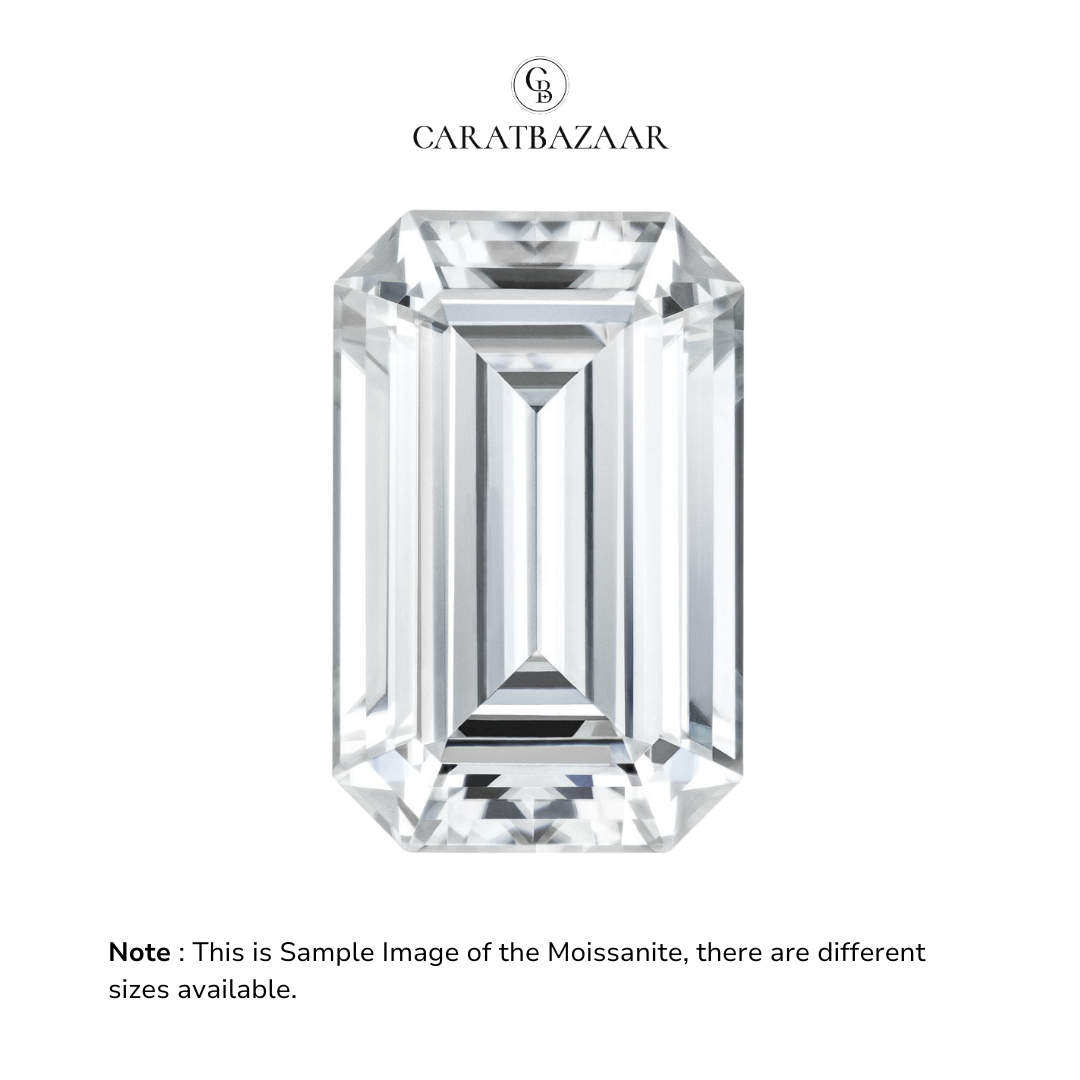How Is Diamond Weight Measured? The Role of Carat Explained
When you are in the research and consideration phase of a major purchase – say, a diamond engagement ring or a fine pendant – understanding diamond weight can be the difference between buying confidently and making a costly mistake. Many people casually ask, “what is a diamond carat?” assuming it’s just about how big a diamond looks. The truth is a bit more nuanced – carat explained in professional jewellery terms is all about weight, not size.

From the diamond markets of Surat to the luxury auctions in Hong Kong, carat weight is a universal language. Whether you’re browsing designs from Caratbazaar or an independent artisan, comprehension of diamond carat meaning empowers you to compare stones accurately, value them sensibly, and choose a gem that fits both your style and budget.
Understanding Carat Weight in Context
One of the 4Cs of diamonds – Carat, Cut, Colour, Clarity – carat is the measure of gemstone mass. Exactly: 1 carat = 200 milligrams (0.2 grams). In practical terms, jewelers weigh the diamond using precision scales that can measure very slight differences in milligrams. This measure is then expressed in carats to align with international practice.
When a jeweller tells you “One carat,” your mind likely imagines a certain size of stone – but diamond measurement for carat tells only the mass. The apparent size depends on how well the stone is cut, its shape, and how it is set in the jewellery.
The Historical Origin of the Carat System
The etymology is fascinating. Ancient traders used carob seeds as counterweights on balance scales. Why carob seeds? Simply because they exhibited remarkably uniform mass. When measuring diamonds, the reliable uniformity of these seeds meant a diamond could be assessed in relation to their weight. This tradition gradually formalised into the modern carat standard.
In 1907, the metric carat – 200 milligrams – was officially adopted as the global unit. That standardisation means a 1 ct stone in Mumbai weighs precisely the same as a 1 ct stone sold in New York.
Carat Weight vs. Size – Clearing Up Confusion
Consider two round brilliant diamonds of carat weight 1.00 ct: one is a superb cut; the other is shallow and poorly proportioned. Even with the same diamond weight, the first will appear larger, more brilliant, and livelier because cut governs light performance and face-up diameter.

So next time you hear “A one-carat stone is about 6.4 mm”, remember – that’s an average. Pear shapes, ovals, emerald cuts, and poorly cut rounds can all present different dimensions for the same diamond carat meaning.
How Are Diamonds Weighed?
Precision Tools
Professional jewellers use electronic microbalances capable of measuring to at least 0.001 carat. Stones must be clean, free of setting – usually loose – to avoid skewed readings.
Carat Conversions
- 1 carat = 0.2 grams
- 5 carats = 1 grams
In valuation or appraisals, even a slight change – say 0.98ct versus exactly 1.00ct – can influence price dramatically, due to buyer psychology and trade pricing brackets.
The Role of Carat Weight in Value
In markets like those served by Caratbazaar, larger stones inherently command higher prices per carat because they’re rarer. For example:
- A well-cut 2.00ct diamond might be worth 3–4× the price of a 1.00ct stone of identical quality.
However, higher diamond weight isn’t the sole determinant of desirability. A heavily included 2ct stone can be far less attractive than a flawless 1ct diamond.
Jewellers refer to “magic sizes”: 0.50ct, 0.75ct, 1.00ct, 1.50ct, 2.00ct, and so on. Prices per carat often jump sharply around these thresholds.
Balancing Carat with the Other 3Cs
Carat & Cut
A diamond with great cut proportions can appear bigger than poorer cuts of the same carat weight. Cut affects sparkle, symmetry, and visual spread.
Carat & Colour
Slight tints (like faint yellow in G–J colour grades) may be less noticeable in smaller stones. Larger diamonds reveal colour nuances more plainly.
Carat & Clarity
Bigger stones make inclusions easier to see unaided. Hence diamond measurement should consider clarity especially beyond ~1.5ct.
Real-World Buying Example
Imagine you’re choosing a proposal ring. Budget is around ₹2,50,000. Option A is a 1.00ct, H colour, VS2 clarity diamond from Caratbazaar. Option B is a 0.85ct, G colour, VVS2 clarity stone. Both rings look almost identical in size when set. Which do you choose?

For long-term wear and brilliance, some buyers opt for higher clarity/lower carat – others prefer bigger size. Understanding diamond carat meaning keeps the decision about personal priorities, not misconceptions.
Carat in Lab-Grown vs. Natural Diamonds
Lab-grown diamonds follow the identical diamond measurement for carat. A 1ct lab-created stone weighs precisely 0.2g, just like mined counterparts.
From Surat labs to Caratbazaar showcases, lab-grown offers compelling value – often at 40–60% lower cost for same carat weight. This means budget can cover larger sizes or higher grades without overspending.
Diamond Carat Chart – Approx Sizes
|
Carat Weight |
Diameter (mm)* |
|
0.25 ct |
4.1 mm |
|
0.50 ct |
5.1 mm |
|
1.00 ct |
6.4 mm |
|
2.00 ct |
8.2 mm |
|
3.00 ct |
9.3 mm |
*For round brilliants of ideal cut – actual may vary by shape.
Choosing the Right Carat for Jewellery
Engagement Rings
The average diamond weight in engagement rings globally is about 1.0–1.5ct. Cultural norms and finger size influence what feels “right.”
Earrings & Everyday Wear
Smaller stones (0.25–0.75ct each) are practical for everyday use, resisting snagging and excessive wear.
Statement Pieces
For visible luxury, larger carat weight – 3ct and above – often appears in necklaces or show rings.
Expert Tips for Confident Buying
- Learn the 4Cs of diamonds – weight is only one quality axis.
- Compare stones loose before setting – this lets you judge diamond measurement accurately.
- Don’t chase “whole numbers” blindly – a 0.92ct can look identical to 1ct yet cost substantially less.
- For lab-grown, confirm certification from IGI or GIA.
Conclusion – Weighing Beauty Against Budget
Knowing how diamonds are weighed and the exact diamond carat meaning lets you navigate the jewellery market intelligently. Carat is a simple mass unit, but in the emotional symbolism of a diamond, it carries psychological weight as well.
Whether you lean towards natural or lab-grown, luxury house or boutique like Caratbazaar, grounding your choice in precise diamond measurement and balanced assessment of cut, colour, clarity safeguards both your purchase and its enduring beauty.
In the end – a diamond is more than its carat weight. It is the sum of its brilliance, craftsmanship, and the joy it brings when worn.









